Utrecht researchers awarded nine ERC Starting Grants
Winners each receive 1.5 million euros
This year, nine researchers at Utrecht University will receive an ERC (European Research Council) Starting Grant in the amount of 1.5 million euros. Promising researchers are awarded this five-year European grant if they have proven their potential to become independent research leaders. Promising researchers are awarded this five-year European grant if they have proven their potential to become independent research leaders.
This year's ERC laureates at the Faculty of Humanities are Dr Marjolijn Bol and Dr Hanno Sauer. Winners at the Faculty of Geosciences are Dr Lennart de Groot and Dr Oliver Plümper. Other successful applicants are Dr Karin Strijbis at the Faculty of Veterinary Medicine and Prof. Anna Gerbrandy at the Faculty of Law, Economics and Governance. Finally, recipients at University Medical Center Utrecht are Dr Aniek Janssen, Dr Pieter Vader and Dr Ynte Ruigrok.
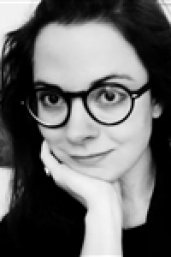
Dr. Marjolijn Bol, DURARE
How long can an art work survive? This question is typically considered a problem of cultural heritage conservation — as the physical problem of how art can best be kept and stored in its original condition for as long as possible. This research program investigates the problem of durability in art in an entirely new manner. It turns to the patrons and artists of the past and their ambitions for art’s survival: How did artisans explore ways to make objects durable? What determined the desire of patrons to order and own durable art objects? What social practices and institutions were designed for an object’s survival?
Dynamics of the Durable: A History of Making Things Last in the Visual and Decorative Arts (DURARE) is the first synthetic study of the impact of these ambitions for durability on the long-term development of European art traditions. It provides a break-through in our understanding of why the West regards cultural heritage as something that ought to be frozen in time. It shows how artisanal knowledge about the stability and ageing of materials impacted fundamental knowledge traditions outside the history of art. And it sheds new light on why, in response to the supposed durability of the arts of the past, contemporary art often became ephemeral instead.
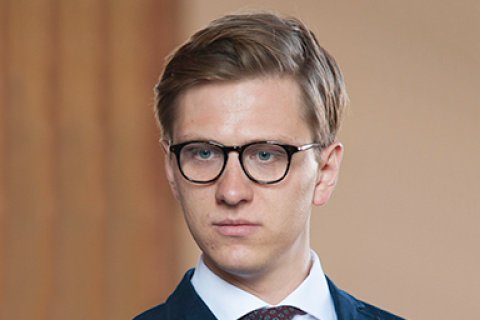
Dr. Hanno Sauer, PROGRESS
Societies change, but do they actually progress? Two centuries ago, almost the entire world was poor, millions of Chinese girls had lotus feet, the American economy was propelled by slavery, women were disenfranchised, homosexuality was taken to be a crime and the notion of treating animals humanely was ridiculed. At present, universal suffrage has become the rule in most developed countries, gay rights have been firmly enshrined in some, foot binding has been banned for decades, slaves have not been branded moveable property in ages and the animal rights movement is gaining momentum.
While many people would call these developments a kind of moral progress, we still have little more than a faint understanding of this term and of the conditions in which it can be promoted, supported or accelerated. This project will develop a theory on moral progress, including the obstacles faced, the institutions required to promote it and the meta-ethical implications. It adopts an empirically informed and philosophical perspective, while it will develop innovative solutions to defining the nature and operation of moral progress.
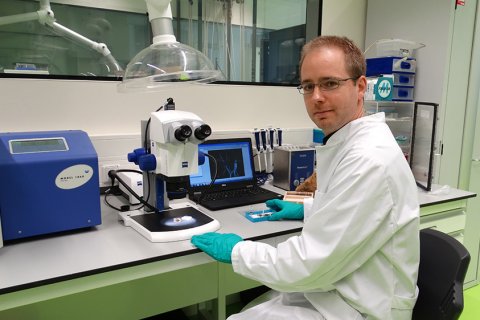
Dr. Oliver Plümper, NanoEARTH
This research project studies the effect of interactions between minerals and water deep within the earth on large-scale geological processes. While these interactions occur at the nano-scale, their impact is so large that they provide stability to mountain ranges, among other things. The contact between minerals deep within the earth and water creates a miniature transport system, which carries the water across vast quantities of rock. By gaining an insight into these processes deep within the earth, it will be possible to improve techniques such as geothermal heating, raw materials extraction or storage of nuclear waste and carbon dioxide.
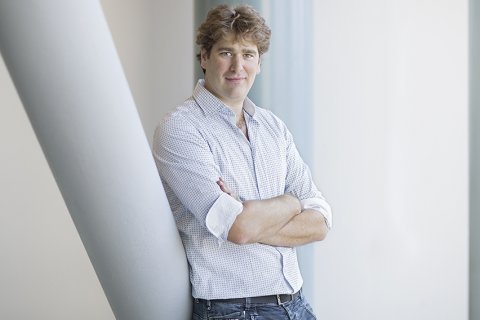
Dr. Lennart de Groot, MIMATOM
The past of the earth's magnetic field is captured in the magnetic properties of minerals in volcanic rock. This information is vital to the study of the future protection offered by that magnetic field against the sun's harmful rays. In order to determine these magnetic properties with unprecedented accuracy, De Groot has developed a revolutionary method: Micro-Magnetic Tomography.
Minerals on earth differ in their suitability for reconstructing the earth's magnetic field in the past. Some of these minerals may even distort the measurement results, which currently renders the magnetic information derived from more than 80% of all rock unusable. The new method can measure the magnetic properties of all individual minerals from just a single sample. Ignoring the presence of minerals that have inferior magnetic properties, only the most reliable minerals are subsequently used in order to determine the behaviour of the earth's magnetic field. Not only does this method greatly increase the reliability of the results, but it also makes the magnetic information in previously unsuitable material publicly accessible for the first time.
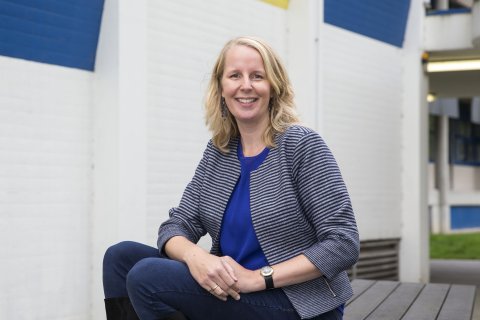
Dr. Karin Strijbis, Bac2MUC
Although intestinal bacteria matter to people's health, they may also be responsible for gastroenteritides including Crohn's disease or food poisoning. It is largely unknown in what manner different bacteria affect the human body. We are aware, however, of the fact that gut bacteria interact with the body in the intestinal mucosa. This mucous membrane contains specific proteins called transmembrane mucins, which detect bacteria and transmit signals to the body. Karin Strijbis will use the ERC Starting Grant to set up a team of four researchers, who will study the contribution made by these specific proteins to gastroenteritis as well as to intestinal health among humans and animals. As a result of this research, new therapies against bowel infections and innovative applications to promote intestinal health may well be found.
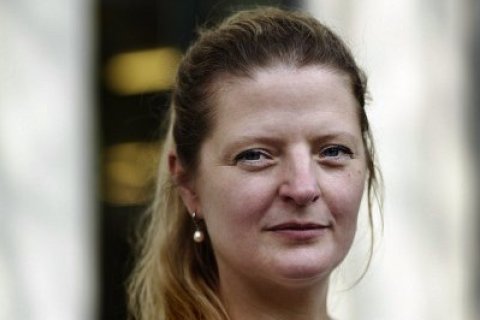
Prof. dr. Anna Gerbrandy, MOBI
MOBI concerns the power of large tech companies. The influence of these tech giants such as Google, Facebook and Amazon derives from their market power as well as their digital power. After all, they collect enormous amounts of data and assume key positions in our society as well as our economy. This combination constitutes a new form of power, which affects not only the market but also our democracy: ‘Modern Bigness’. Gerbrandy will investigate whether competition law should address both kinds of negative consequences associated with ‘Modern Bigness’.
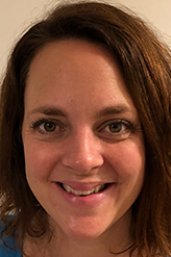
Dr. Aniek Janssen, CHROMREP
Janssen studies the ways in which cells prevent damage being done to their own DNA. DNA damage may arise from biological processes within our bodies, including our metabolism, or from external influences such as the sun's ultraviolet rays. In the cell nucleus, where DNA is wrapped, some segments of DNA have been wrapped more tightly than others. CHROMREP attempts to answer the question whether this ‘DNA density’ influences processes that repair DNA damage, or whether processes required to repair ‘compact DNA’ differ from ones to repair ‘open DNA’, for instance. Janssen uses fruit flies to study these processes, introducing a single break in either the compact DNA or the open DNA of each cell. As a result, living tissue can be examined in order to learn how DNA is being repaired and whether various DNA segments differ among themselves. In the long term, the study will improve our understanding of the ways in which DNA damage may cause cancer. This knowledge can aid the future development of better cancer treatments.
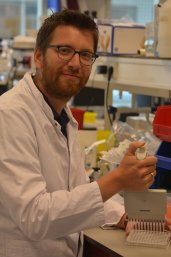
Pieter Vader, OBSERVE
Vader investigates so-called ‘naturally occurring RNA messengers’ at the Laboratory of Clinical Chemistry and Haematology as well as the Department of Experimental Cardiology. RNA, which is part of our genetic code, can be used as a medicine for a range of applications and syndromes. For example, RNA medication may activate somatic cells so as to repair damaged tissue. Similarly, it is possible to have RNA activate our immune system in an attack on tumorous cancer cells. The main challenge rests in transporting this RNA to the right location safely and effectively.
RNA is at risk of breaking down within our body and hence being unable to enter the diseased cells spontaneously. As a result, it needs to be protected during transport and delivery. While synthetic nanoparticles may appear to be a prime choice, they are unfortunately designated as foreign matter by our bodies. OBSERVE studies the potential use of natural membrane vesicles to transmit RNA medication. The first area of application will be the heart.
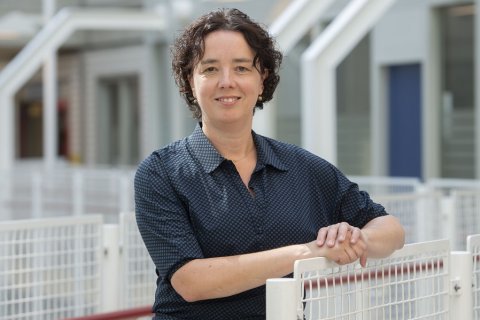
Ynte Ruigrok, PRYSM
Ruigrok explores smart ways of identifying risk factors for brain aneurysms. This localised dilation or bulging of blood vessels is prevalent in three per cent of the population. When aneurysms in brain blood vessels rupture, they cause strokes, which have severe consequences. While about one third of patients die, much of the surviving two thirds are left with major brain damage that prevents them from recovering fully.
There have so far been only limited options to detect aneurysms in a timely fashion, mostly restricted to a small population of genetically predisposed candidates. With the aid of machine learning, PRYSM assesses whether the so-called circle of Willis provides any clues. The circle of Willis is a circulatory anastomosis that supplies blood to the brain. Machine learning is applied in order to investigate whether the MRI scans display any differences in the circle between people for whom an aneurysm has or has not been detected. By linking the outcome of this study with genetic data, Ruigrok aims to provide all patients with a ‘genetic MRI scan’. The ultimate goal is to design a predictive model which allows for the timely identification of high-risk patients.

